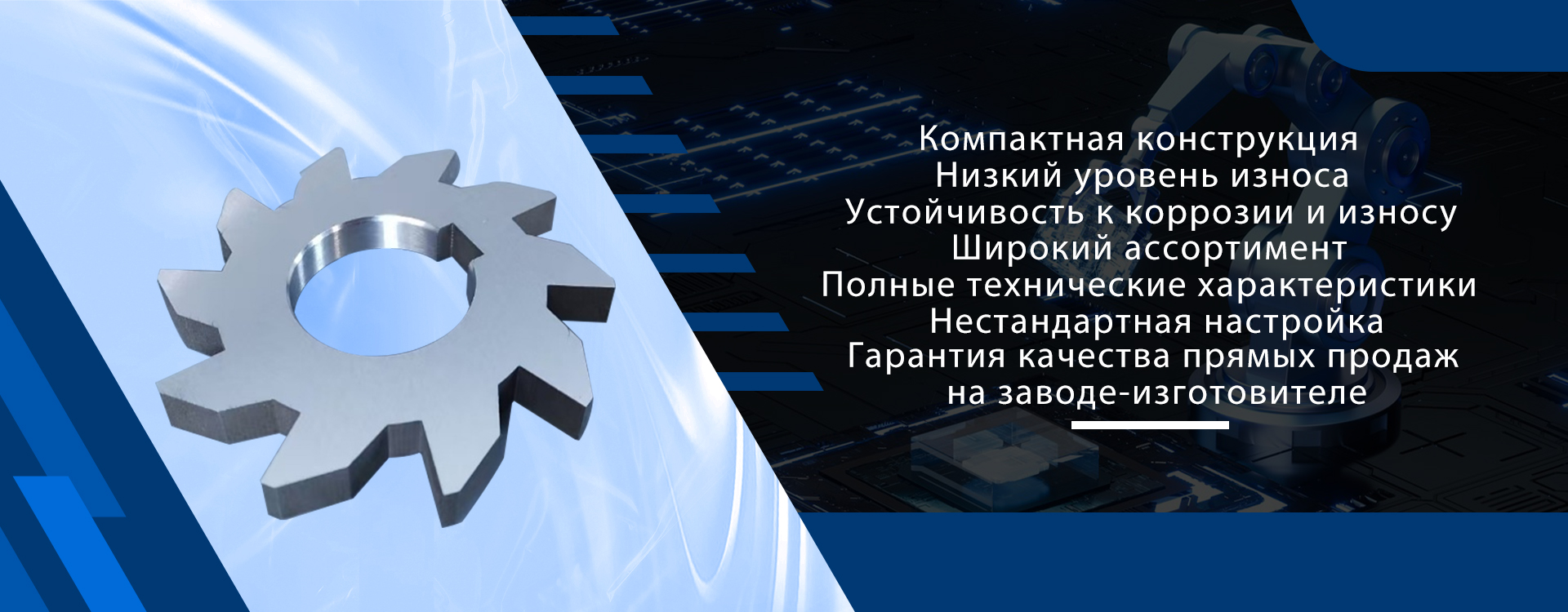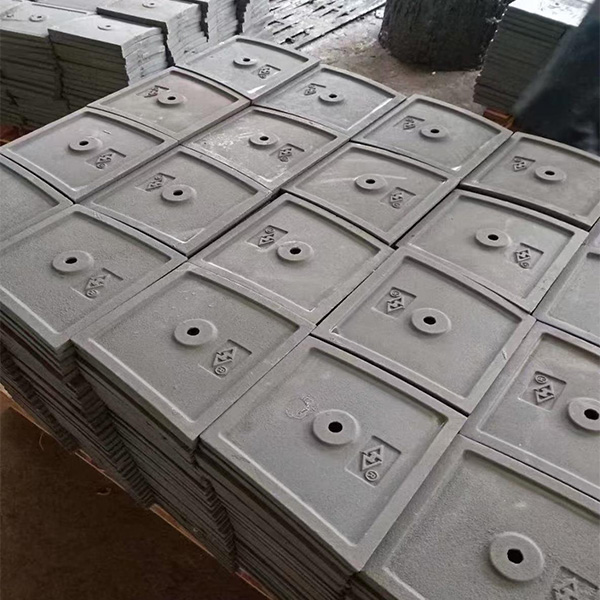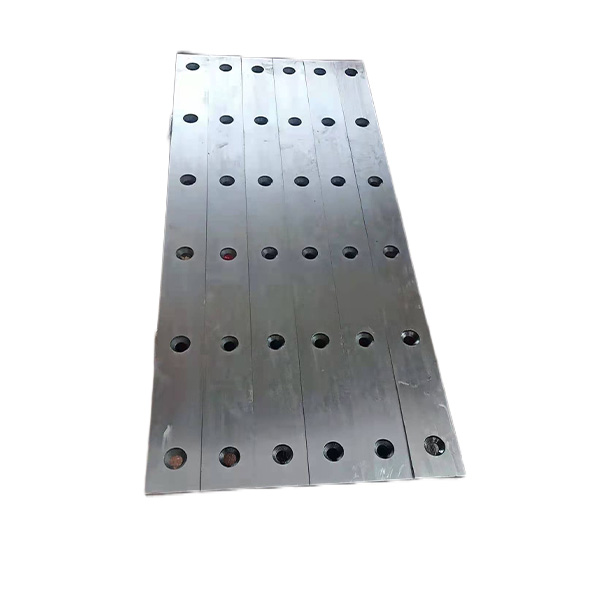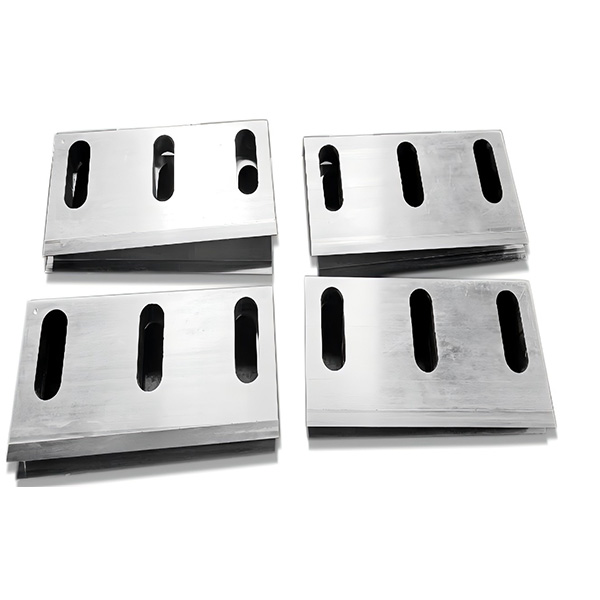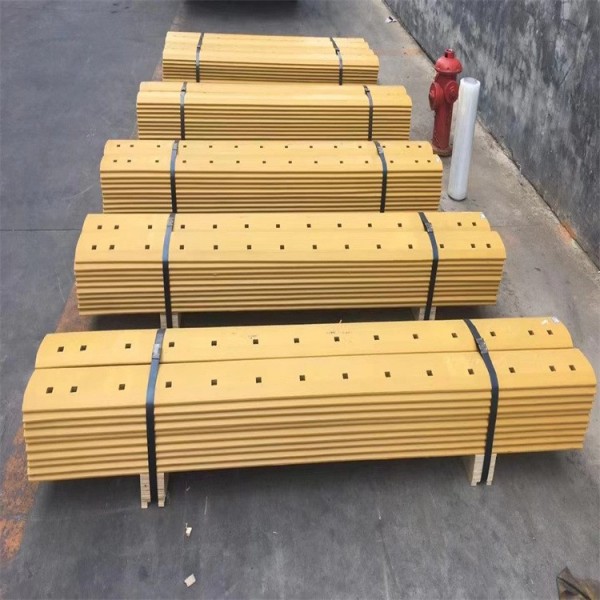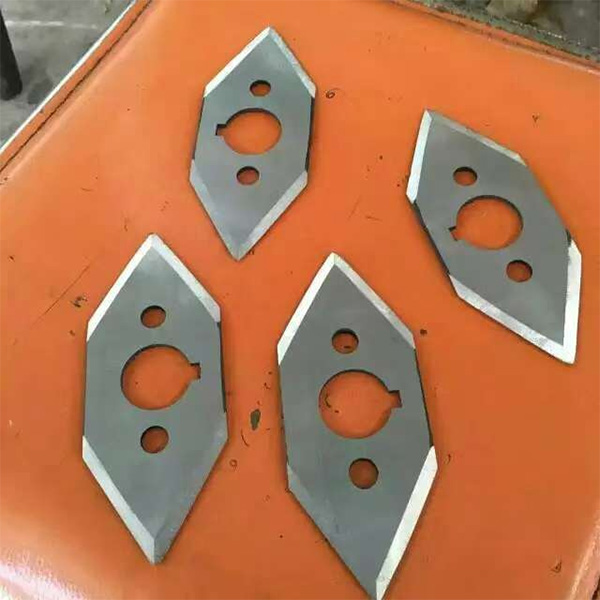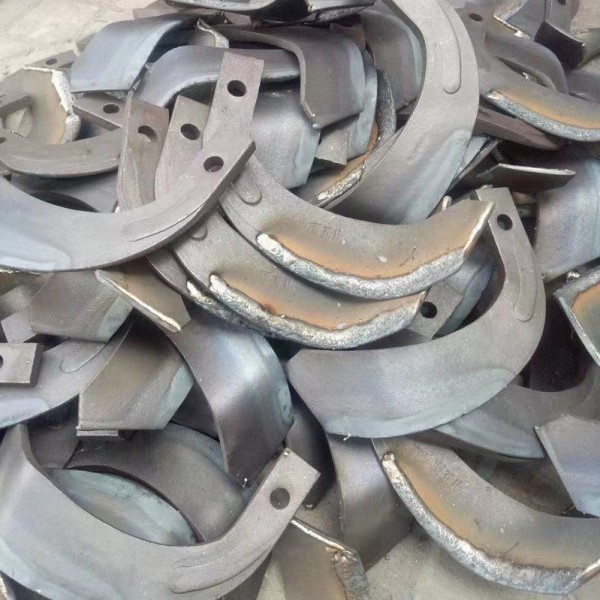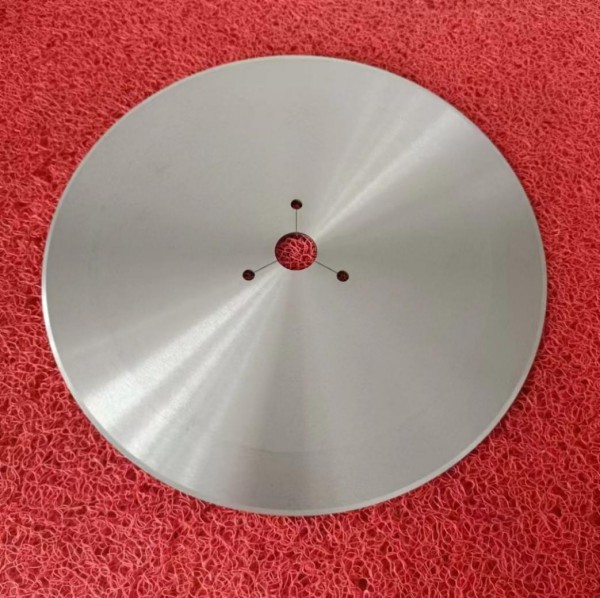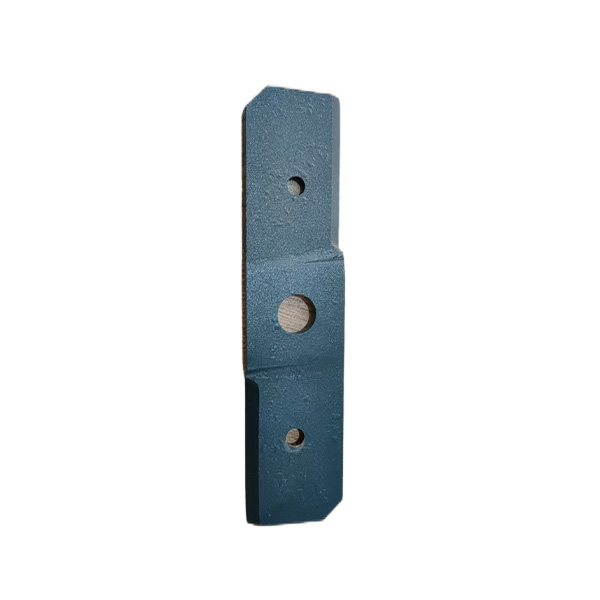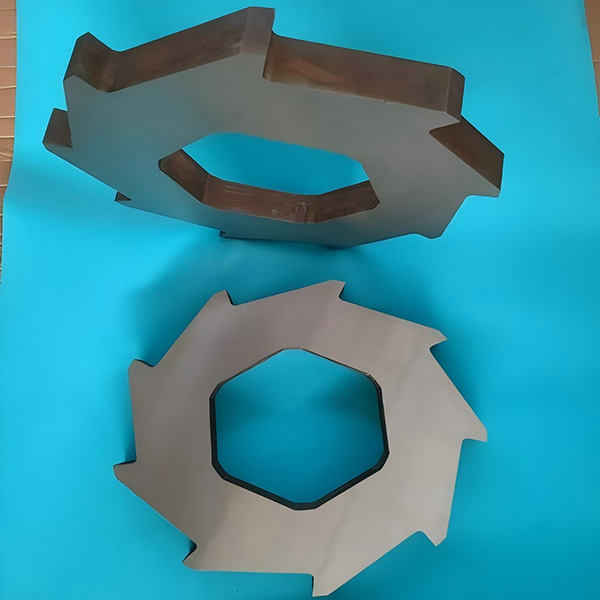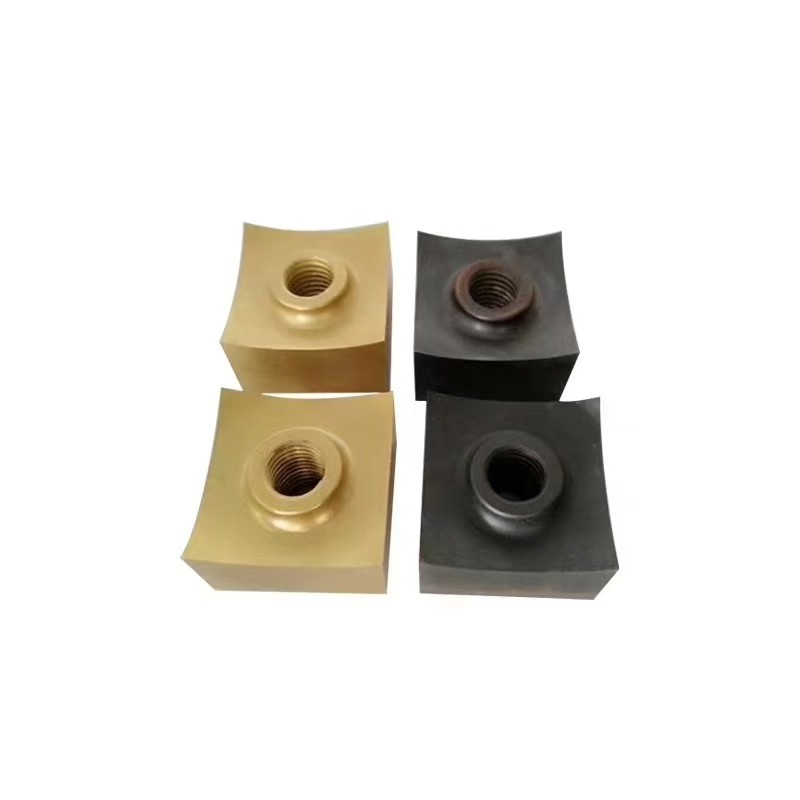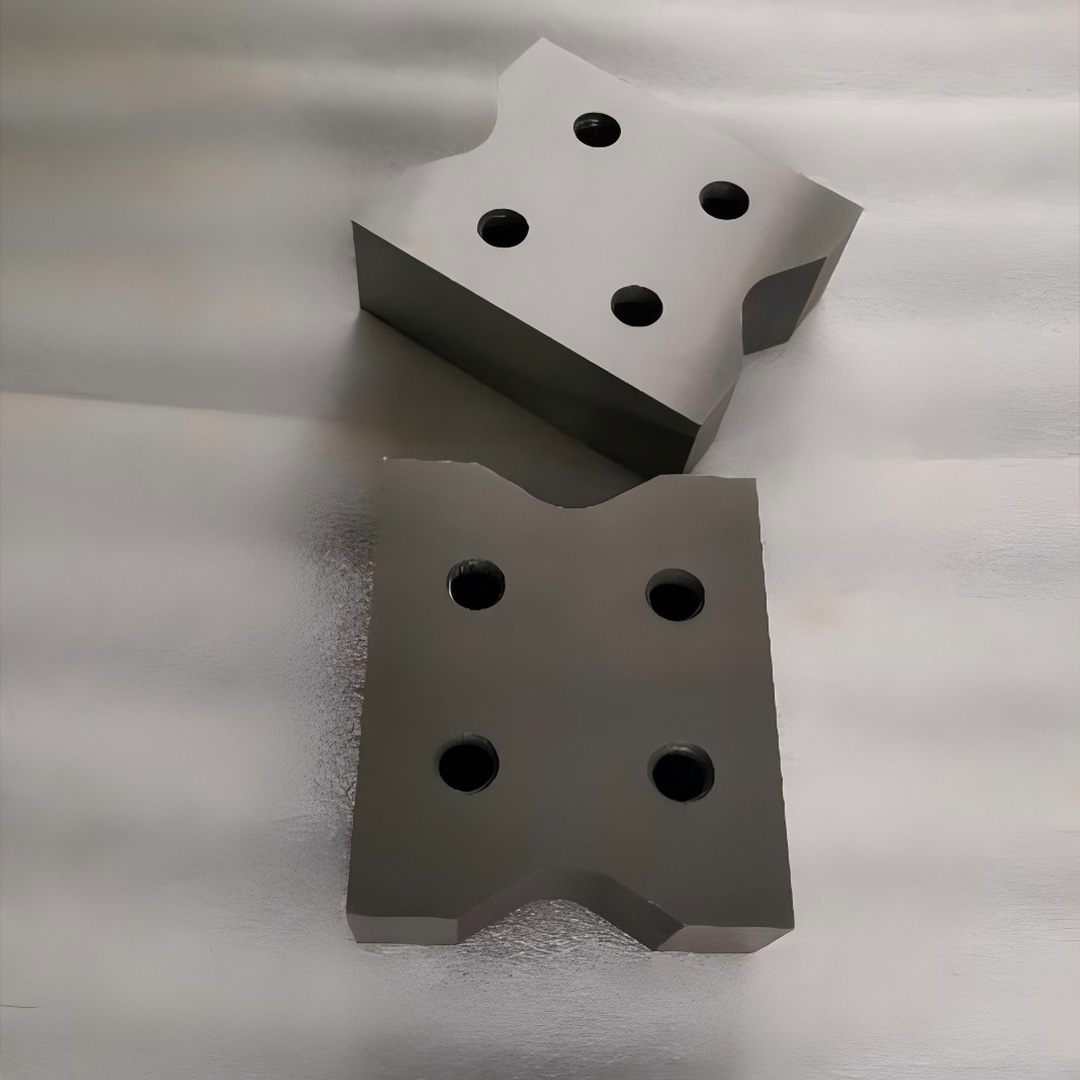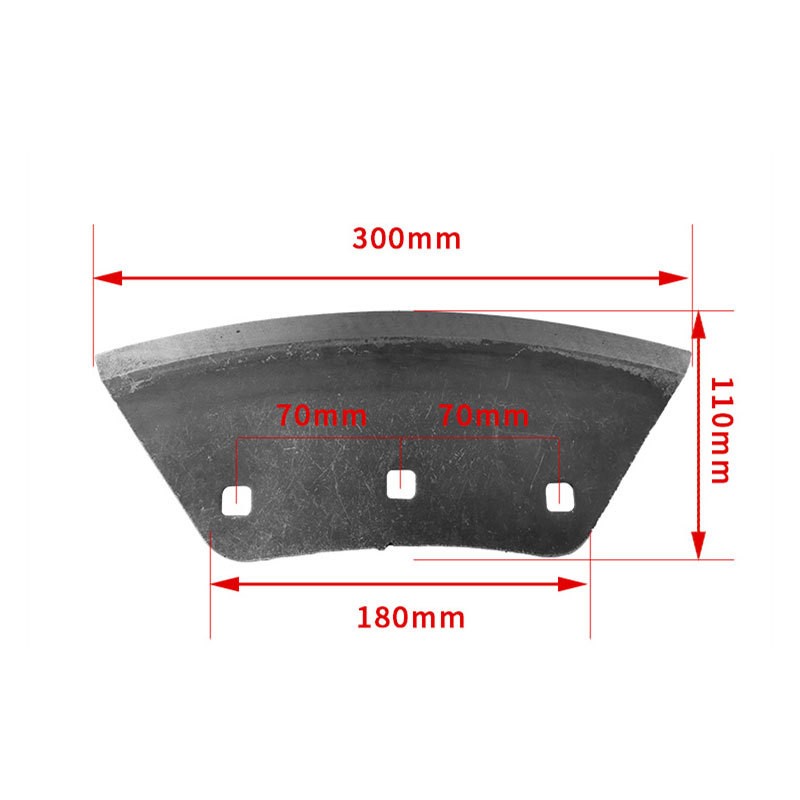Grauders knives: Helpers in agriculture
Grauders knives are indispensable soil processing tools. They allow you to create even surfaces, prepare areas for sowing or harvesting, as well as perform other tasks in agriculture. These simple but effective devices play a key role in ensuring soil fertility and high yields.
Varieties of knife knife and their use
Depending on the specific task, there are different types of knives. Some are designed for deep plowing and preparing heavy soils, others for thinner work, for example, for leveling small areas or removing stones. Some knives are equipped with special teeth or cutting edges for effective cutting of grass, weeds or other plant residues. The choice of knives depends on the type of soil, the tasks that need to be completed, and, of course, on the capabilities of your grader. Properly selected knives can significantly improve the process of cultivation of the Earth.
How to care for grader knives
In order for the grader knives to serve for a long time and effectively, it is necessary to take care of them correctly. Regular sharpening and checking the condition of the cutting edge - key points. Thorough cleansing of dirt and soil residues after work will help prevent corrosion and preserve the metal in excellent condition. If damage is detected, such as cracks or breaks, it is necessary to immediately replace damaged knives. This will avoid possible breakdowns and injuries during operation. Caring for knives is a contribution to the long -term efficiency and safety of your work.
Economic benefits from the use of knives for graders
The use of graders can bring significant economic benefits. Small surfaces allow you to use the technique more efficiently, reducing the time for processing and reducing fuel costs. More even soil contributes to the better germination and growth of cultures, which directly affects productivity. This ultimately leads to an increase in profit in agriculture. Investments in high -quality knives for graders pay off due to increased performance and reduction in costs for subsequent stages of processing.
